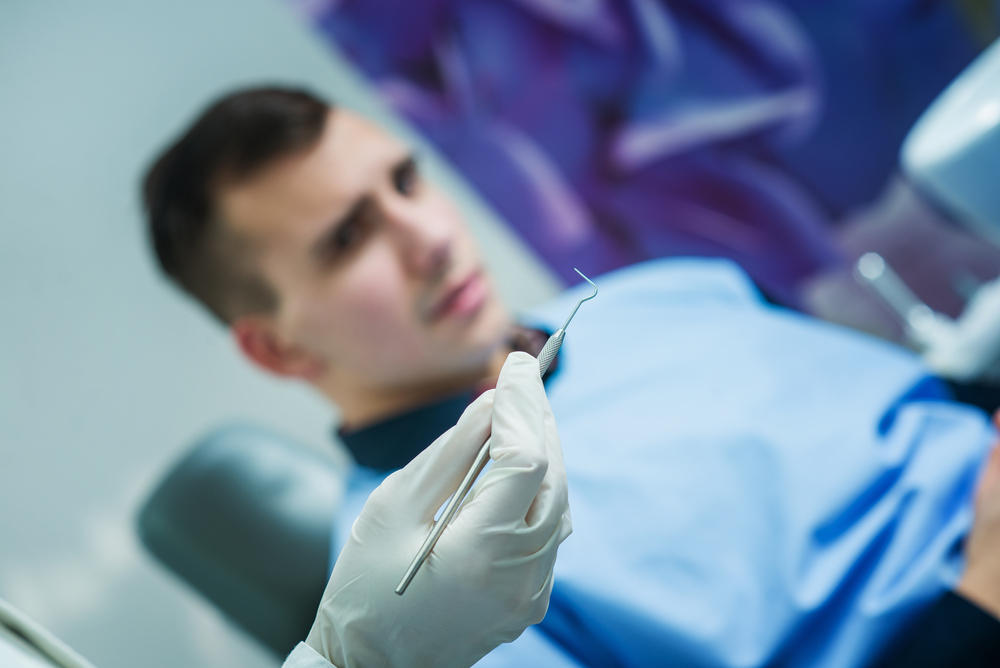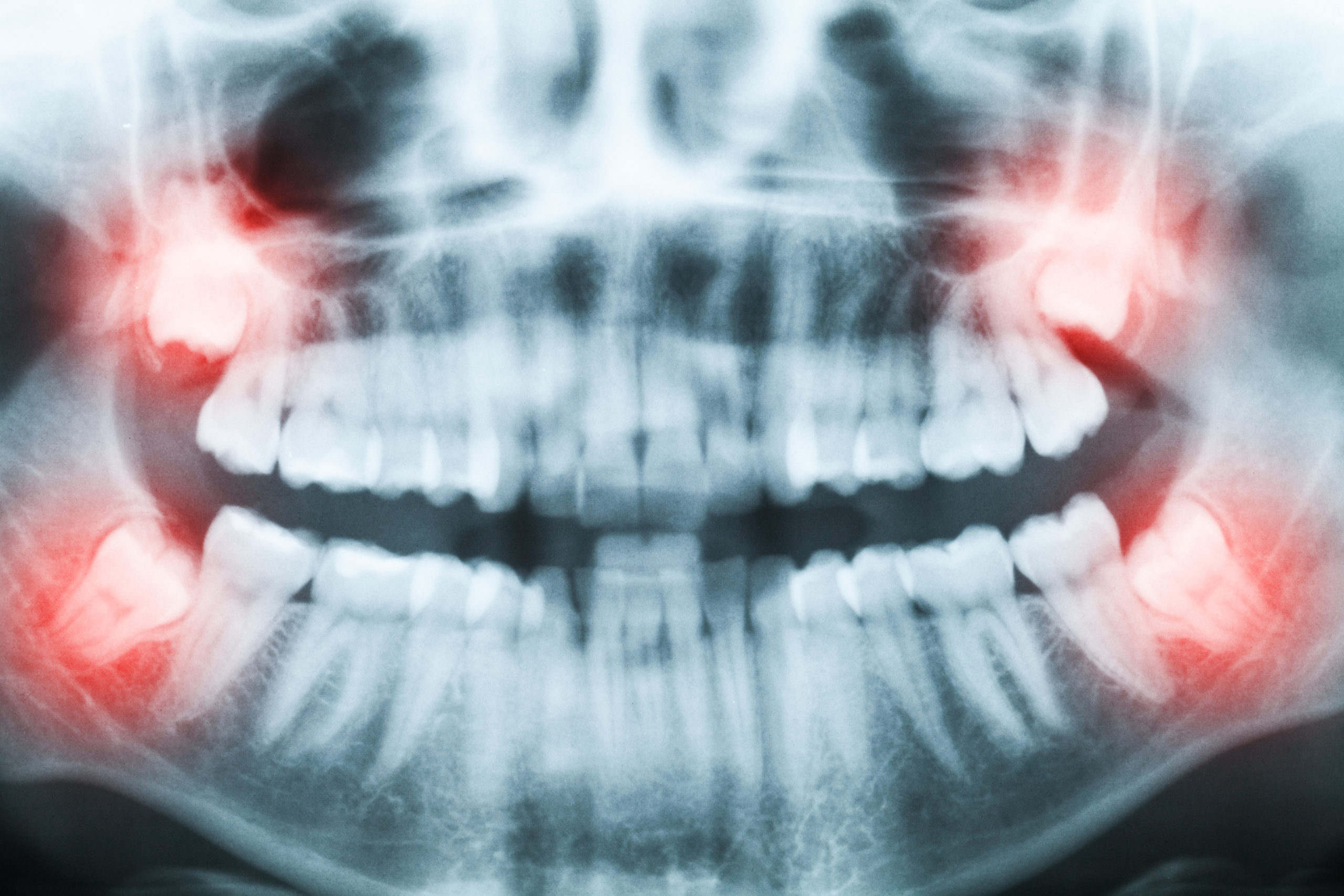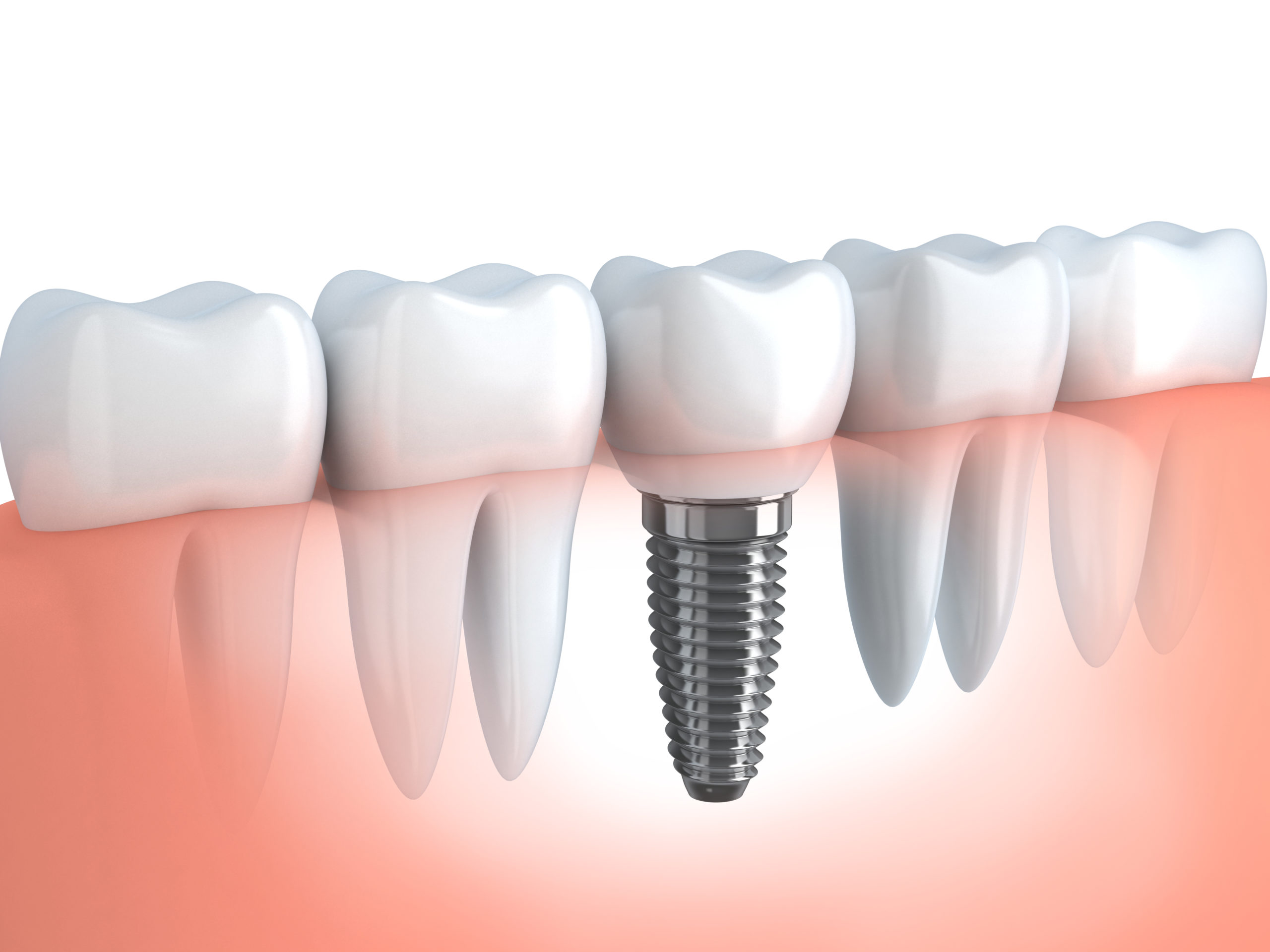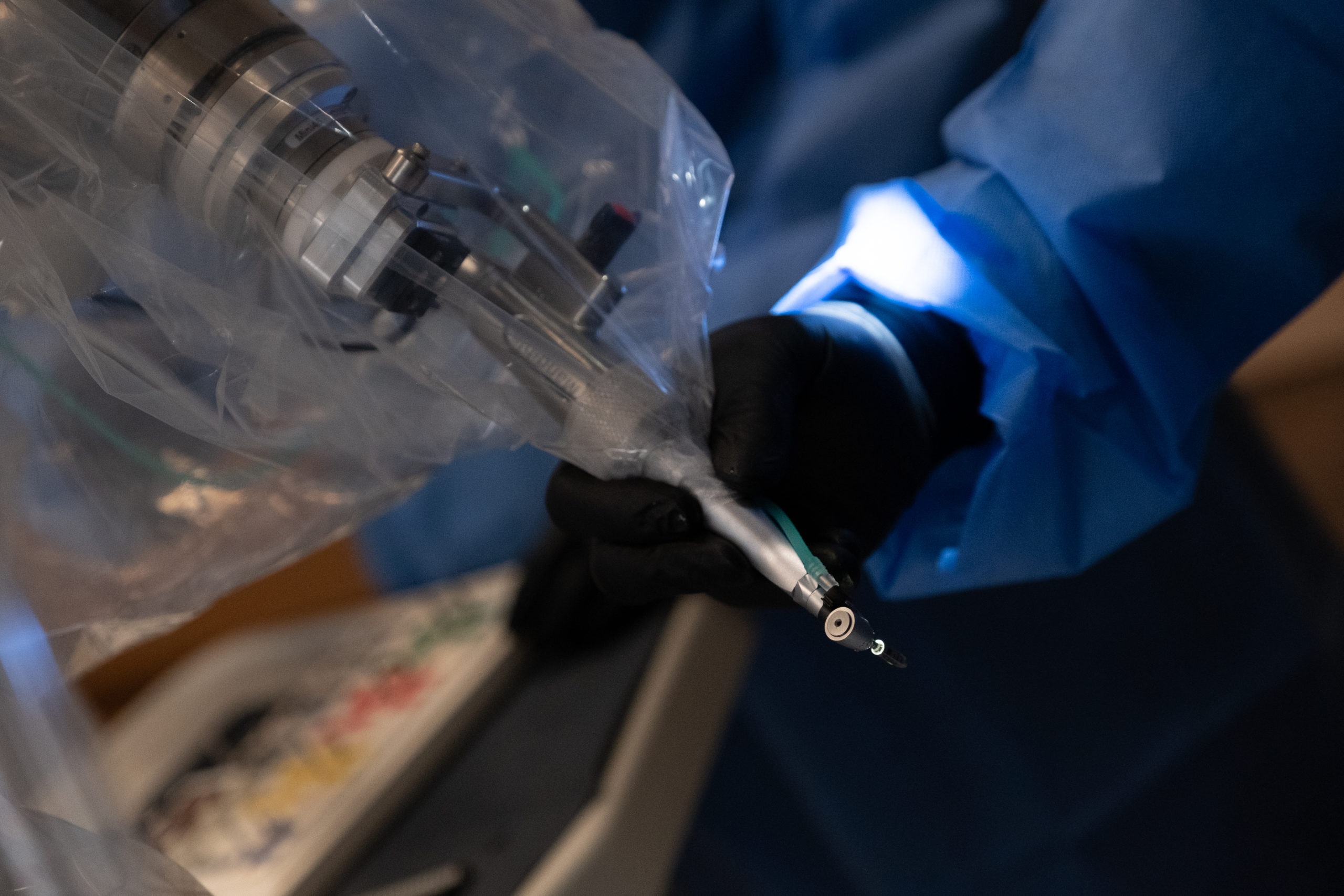Blog - Hartford County, CT
Tips, Facts, And The
Latest In Dentistry

Do You Deal With White Coat Syndrome?
Posted in Sedation Dentistry
Posted on February 4, 2020 by Eric Chmiel

White coat syndrome, dentophobia, dental anxiety. No matter what you choose to call it, having anxiety over going to the dentist is a major issue that many people face. Fortunately, dentists everywhere, including Dr. Ansari, are turning to sedation dentistry to ease their patients stress levels. Sedation dentistry is a method where dentists will use anesthetics during procedures. There are different types of anesthesia used in dental offices, and they are used for different procedures and how much anxiety the patient has. Sedation is also used frequently so doctors can have a smooth treatment without worrying about patients fidgeting in their chair.
Most commonly, nitrous oxide, oral sedation, and IV sedation are the available anesthetics offered in a dental office. Here is a rundown on the different anesthesia options:
Nitrous oxide is the most common anesthesia, because it is easily used on any age and is very safe. Also referred to as laughing gas, this sedation method is an inhalation anesthesia, which is administered by a mask placed over the nose. Nitrous oxide does not put the patient to sleep, but relaxes them enough to no longer be stressed out over the procedure or being at the dentist office.
Oral sedation is less common, but used when a patient does not want nitrous oxide or IV sedation. Oral sedation is administered by the patient, via a pill, which is taken prior to the appointment. If this is the option you go with, you will need to be dropped off and picked up from the office, as you will not be able to drive yourself.
And finally, IV sedation. IV sedation is administered through the vein, and is the most powerful anesthesia provided by dentists. IV sedation does put patients under, so like the oral sedative, you will need someone to transport you. This method is mostly used during wisdom teeth removals, because of the pain, time length, and type of procedure.
If you suffer from dental anxiety, it is important to contact your dentist prior to your appointment to inform them. During this, your dentist and their team will decide which anesthetic will be the best option for your personal needs.





